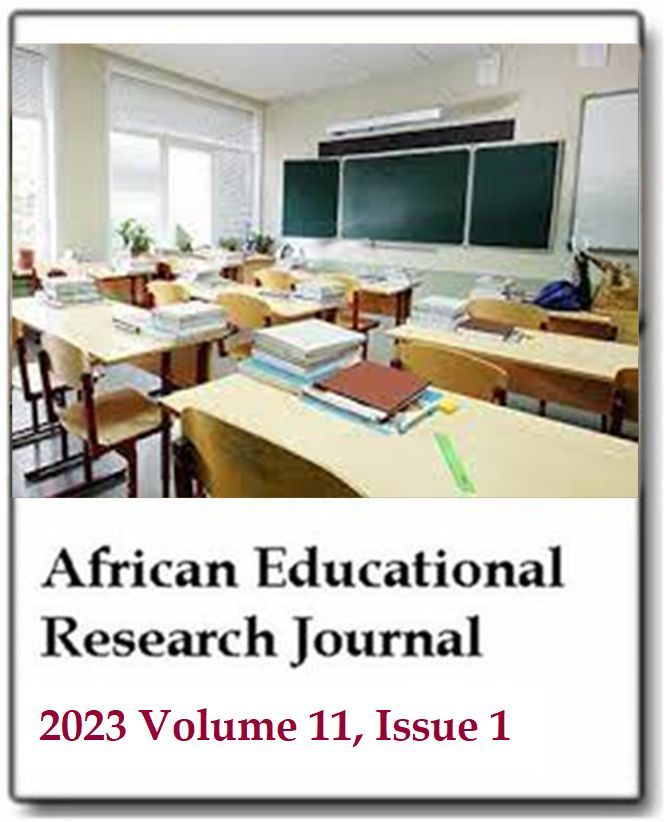Developing relative deprivation scale-adolescent form (RDS-AF) and testing its psychometric properties
Makbule Duran Mucuk and Ekrem Sedat ŞahinAfrican Educational Research Journal
Published: March 16 2023
Volume 11, Issue 1
Pages 81-91
DOI: https://doi.org/10.30918/AERJ.111.23.013
Abstract
The aim of this study was to develop a valid and reliable measurement instrument to find out adolescents’ relative deprivation levels and to determine the statistical characteristics of the instrument. The Relative Deprivation Scale-Adolescent Form was prepared and applied to 586 adolescents within the scope of the study. Exploratory Factor Analysis (EFA) was performed on the data obtained. As a result of EFA, a 3 component and 16-item form was created. Following this, the form was addressed to 320 adolescents and Confirmatory Factor Analysis (CFA) was performed on the data obtained. Goodness-of-fit values obtained from the CFA were as follows: χ2/df = 2.69, RMSEA = .073, CFI = .93, IFI = .93, TLI = .91 and GFI = .90. In terms of these values, it can be concluded that RDS-AF has a 16-item and 3-factor structure and acceptable fit values. Criterion validity of the scale was analysed with Multidimensional Perceived Support Scale and Ostracism Experience Scale for Adolescents. Correlation coefficients between RDS-AF and these scales were found as .63 and .44. Reliability of the scale was examined within the scope of internal consistency and stability. Cronbach’s Alpha coefficient calculated to determine internal consistency was found as .89; while the Pearson Product Moment correlation coefficient calculated within the scope of test-retest carried out to determine stability was found as .76. These findings confirm that RDS-AF is a valid and reliable measurement instrument that can be used to determine the relative deprivation levels of adolescents.
Keywords: Relative deprivation, validity, reliability, adolescence.
Full Text PDFThis article is published under the terms of the Creative Commons Attribution License 4.0

